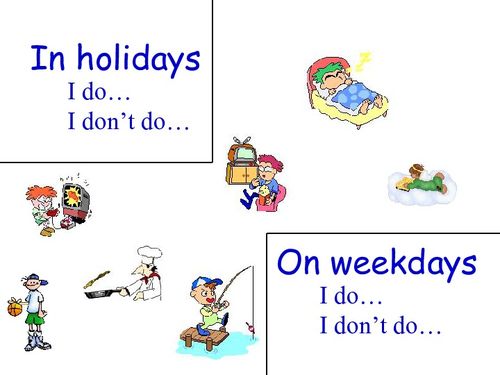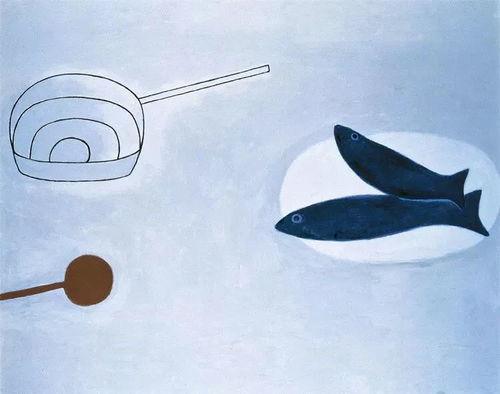Content:
Introduction: Catching crabs can be a rewarding and enjoyable activity for anglers of all levels. Whether you're a seasoned fisherman or a beginner, there are certain techniques that can help you become a master crab fisherman. In this article, we will explore the secrets and tips from a professional angler to help you improve your crab fishing skills.
Choosing the Right Equipment: The first step in becoming a successful crab fisherman is to have the right equipment. Here are some essential tools you'll need:
a. Crab trap: A crab trap is a specialized fishing gear designed to catch crabs. It consists of a large, conical net with a bait compartment and a door to release the crabs once they are caught.
b. Bait: Crabs are attracted to a variety of baits, such as fish heads, shrimp, or chicken parts. Choose a bait that is commonly found in your local waters.
c. Line and hooks: A strong line and hooks are essential to prevent the crabs from breaking free. Use a line that is at least 30 pounds test and hooks that are appropriate for the size of the crabs you're targeting.
Selecting the Right Location: Crabs are often found in shallow waters, such as marshes, mangroves, and oyster beds. To increase your chances of catching crabs, identify a location with abundant crab populations. Here are some tips for finding the perfect spot:
a. Research: Consult local fishing guides or ask fellow anglers for recommendations on the best crabbing spots in your area.
b. Look for signs: Crabs are attracted to areas with plenty of food and shelter. Look for areas with vegetation, rocks, or other structures that crabs can hide in.

c. Timing: Crabs are most active during low tide. Plan your trips accordingly to maximize your chances of catching them.
Setting Up Your Crab Trap: Once you've found a suitable location, it's time to set up your crab trap. Follow these steps to ensure you're doing it correctly:
a. Bait the trap: Place your chosen bait in the bait compartment of the crab trap. Make sure the bait is secure and won't be washed out during your fishing trip.
b. Attach the line: Thread the line through the crab trap's line guides and tie it securely to your rod or a nearby structure. The line should be long enough to reach the bottom of the water body.
c. Check the trap: Before deploying the trap, make sure it is properly sealed and that the bait compartment is secure.
Casting and Retrieving Your Crab Trap: Once your crab trap is set up, it's time to cast it into the water. Here are some tips for casting and retrieving your trap:
a. Cast the trap: Aim for an area with abundant crab activity and cast your trap accordingly. Make sure the trap is fully submerged before you begin your retrieval.
b. Wait: Give your crab trap enough time to attract crabs. Depending on the location and time of year, this could take anywhere from a few minutes to several hours.
c. Retrieve the trap: Once you've waited long enough, retrieve your crab trap. Use a net or scoop to remove the crabs from the trap.
Cleaning and Cooking Your Catch: Congratulations, you've caught some crabs! Now it's time to clean and cook them. Here's a simple method for cleaning and cooking crabs:
a. Cleaning: Remove the crab's eyes, gills, and stomach. Cut the crab in half lengthwise and remove the digestive tract. Rinse the crab under cold water and pat it dry.
b. Cooking: Boil the crabs in salted water for about 10-15 minutes, or until they turn bright orange. Serve with your favorite dipping sauce or simply enjoy them on their own.
Conclusion: Becoming a master crab fisherman takes practice and patience. By following these tips and techniques from a professional angler, you'll be well on your way to catching crabs like a pro. Happy crabbing!












